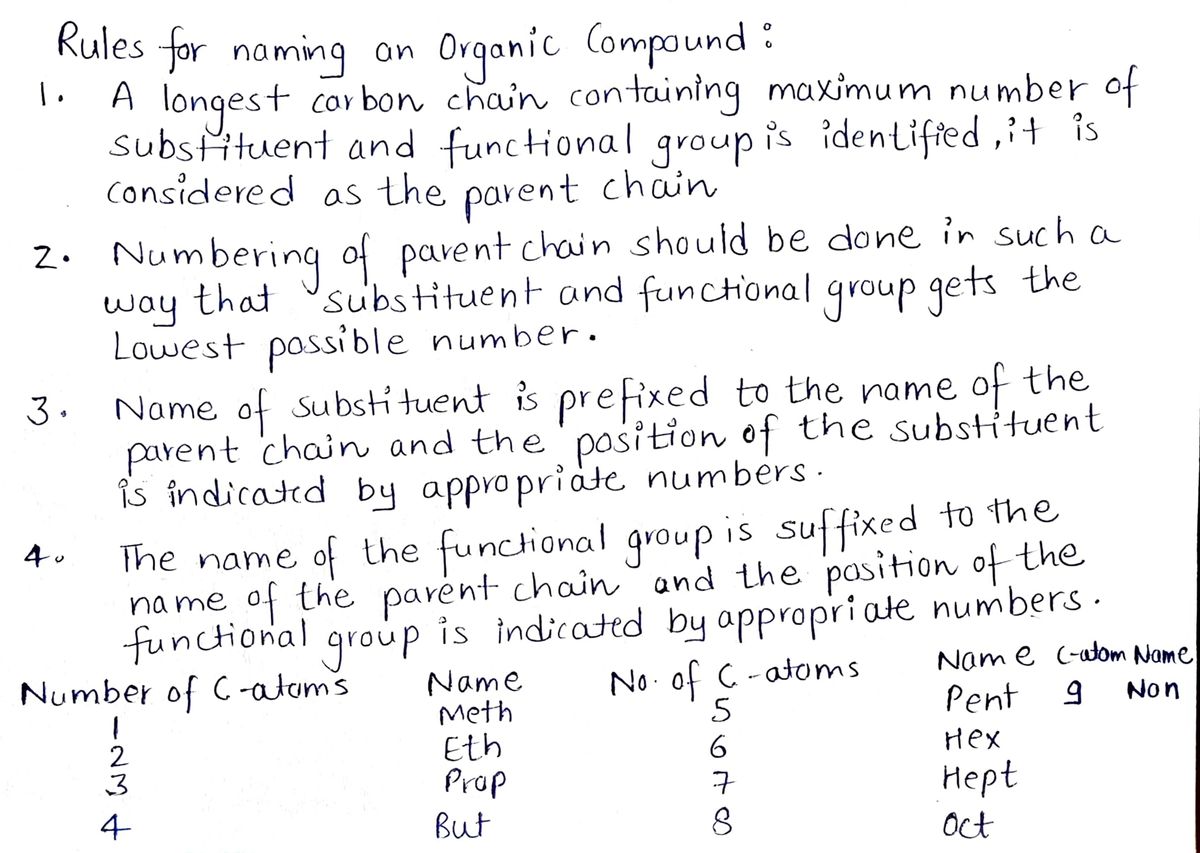The image features a geometric drawing resembling a stylized spiral or snail shape on lined paper. The drawing consists of several connected straight lines that form an angular shape. ### Description of the Drawing: 1. **Outer Shell:** The shape mostly resembles an irregular hexagon, with a more angular form and an additional short line extending from one side, giving it a snail-like appearance. 2. **Head and Tail:** At the top of the shape, two lines extend to form what could be interpreted as the head and tentacles of a snail. A longer line extends from the opposite side, resembling a tail. This diagram appears to be a simple line drawing, possibly useful for illustrating basic geometric structures or artistic patterns inspired by natural forms like a snail. There are no annotations, labels, or measurements included.
The image features a geometric drawing resembling a stylized spiral or snail shape on lined paper. The drawing consists of several connected straight lines that form an angular shape. ### Description of the Drawing: 1. **Outer Shell:** The shape mostly resembles an irregular hexagon, with a more angular form and an additional short line extending from one side, giving it a snail-like appearance. 2. **Head and Tail:** At the top of the shape, two lines extend to form what could be interpreted as the head and tentacles of a snail. A longer line extends from the opposite side, resembling a tail. This diagram appears to be a simple line drawing, possibly useful for illustrating basic geometric structures or artistic patterns inspired by natural forms like a snail. There are no annotations, labels, or measurements included.
Chemistry
10th Edition
ISBN:9781305957404
Author:Steven S. Zumdahl, Susan A. Zumdahl, Donald J. DeCoste
Publisher:Steven S. Zumdahl, Susan A. Zumdahl, Donald J. DeCoste
Chapter1: Chemical Foundations
Section: Chapter Questions
Problem 1RQ: Define and explain the differences between the following terms. a. law and theory b. theory and...
Related questions
Question
Give the IUPAC name for the following compound:

Transcribed Image Text:The image features a geometric drawing resembling a stylized spiral or snail shape on lined paper. The drawing consists of several connected straight lines that form an angular shape.
### Description of the Drawing:
1. **Outer Shell:** The shape mostly resembles an irregular hexagon, with a more angular form and an additional short line extending from one side, giving it a snail-like appearance.
2. **Head and Tail:** At the top of the shape, two lines extend to form what could be interpreted as the head and tentacles of a snail. A longer line extends from the opposite side, resembling a tail.
This diagram appears to be a simple line drawing, possibly useful for illustrating basic geometric structures or artistic patterns inspired by natural forms like a snail. There are no annotations, labels, or measurements included.
Expert Solution
Step 1: Nomenclature of organic compounds:
In case of cyclic compounds add prefix 'cyclo' before the name of the parent chain.

Step by step
Solved in 3 steps with 2 images

Knowledge Booster
Learn more about
Need a deep-dive on the concept behind this application? Look no further. Learn more about this topic, chemistry and related others by exploring similar questions and additional content below.Recommended textbooks for you

Chemistry
Chemistry
ISBN:
9781305957404
Author:
Steven S. Zumdahl, Susan A. Zumdahl, Donald J. DeCoste
Publisher:
Cengage Learning

Chemistry
Chemistry
ISBN:
9781259911156
Author:
Raymond Chang Dr., Jason Overby Professor
Publisher:
McGraw-Hill Education

Principles of Instrumental Analysis
Chemistry
ISBN:
9781305577213
Author:
Douglas A. Skoog, F. James Holler, Stanley R. Crouch
Publisher:
Cengage Learning

Chemistry
Chemistry
ISBN:
9781305957404
Author:
Steven S. Zumdahl, Susan A. Zumdahl, Donald J. DeCoste
Publisher:
Cengage Learning

Chemistry
Chemistry
ISBN:
9781259911156
Author:
Raymond Chang Dr., Jason Overby Professor
Publisher:
McGraw-Hill Education

Principles of Instrumental Analysis
Chemistry
ISBN:
9781305577213
Author:
Douglas A. Skoog, F. James Holler, Stanley R. Crouch
Publisher:
Cengage Learning

Organic Chemistry
Chemistry
ISBN:
9780078021558
Author:
Janice Gorzynski Smith Dr.
Publisher:
McGraw-Hill Education

Chemistry: Principles and Reactions
Chemistry
ISBN:
9781305079373
Author:
William L. Masterton, Cecile N. Hurley
Publisher:
Cengage Learning

Elementary Principles of Chemical Processes, Bind…
Chemistry
ISBN:
9781118431221
Author:
Richard M. Felder, Ronald W. Rousseau, Lisa G. Bullard
Publisher:
WILEY